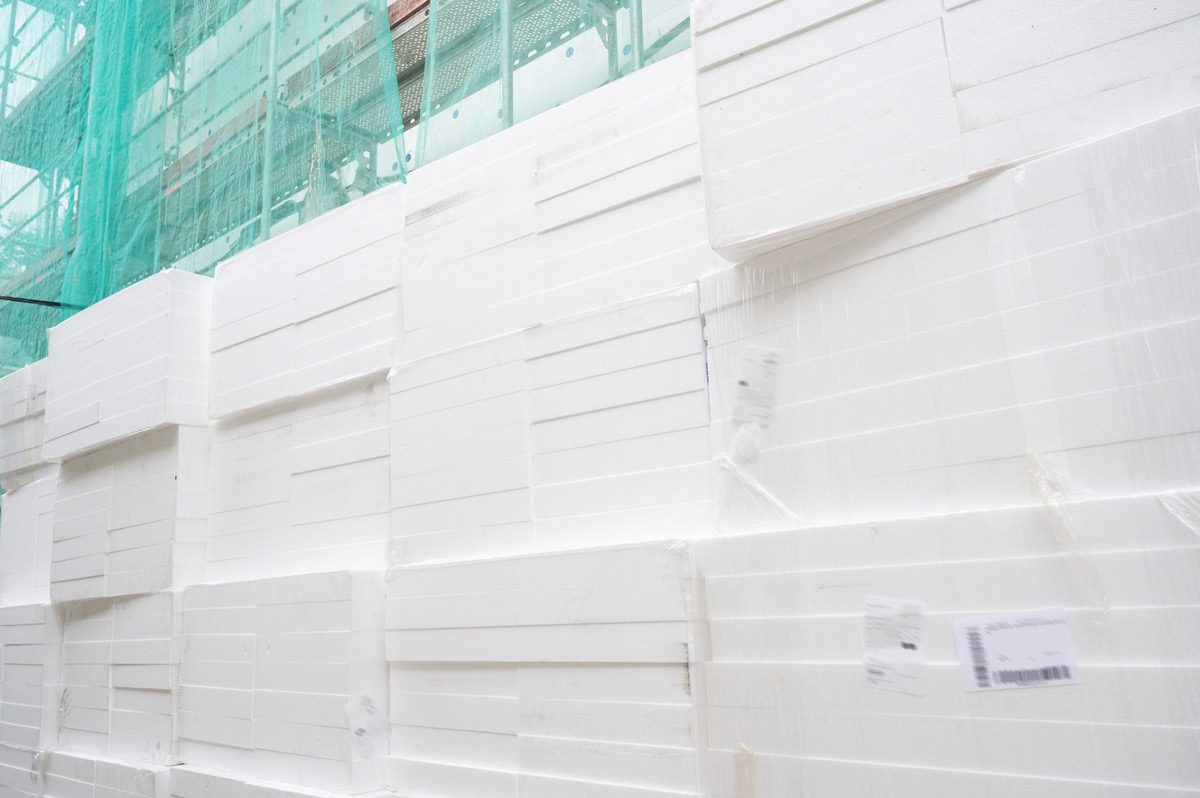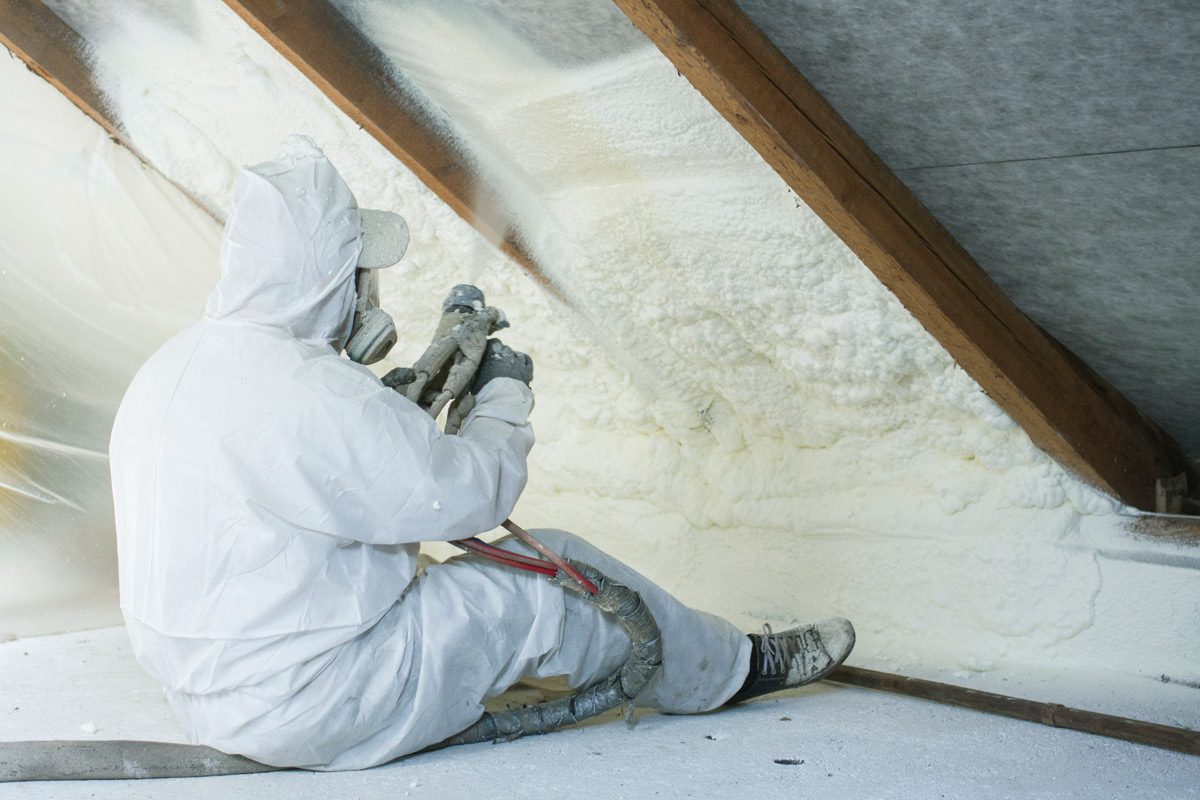The race is on to drive down greenhouse gas emissions in our homes and buildings.
To succeed, we’ll need to improve efficiencies in all aspects of construction and operations. Building materials. Design. Lighting. Plumbing.
Especially heating and cooling. How? Insulation.
When insulating our homes and buildings, high-performance materials can significantly reduce carbon emissions that contribute to climate change.

A 2023 report found some astonishing benefits related to plastic insulation.
ICF Consulting looked at four major types of plastic insulation:
- expanded polystyrene (EPS),
- extruded polystyrene (XPS),
- spray foam (SPF) and
- polyisocyanurate (PIR).
Among others, the firm reported two noteworthy findings.
Fast Carbon Payback
Carbon payback is a measure of how quickly the embodied carbon in insulation is offset by the carbon savings the insulation provides during the operation of homes/buildings.
As an example of carbon payback, let’s say there are 10 units of embodied carbon in your home’s insulation. The carbon payback period is met when the insulation does its job (insulating) and saves 10 units of carbon emissions by minimizing the energy needed to heat/cool your home. Obviously, the quicker the payback period, the better.
What did the report find regarding the four plastic insulation products? The carbon payback period for homes = six months or less. For buildings = 10 months or less. That’s a speedy return on investment.
Huge Carbon Avoidance
But wait, it gets better. Much better.
When measuring carbon avoidance, a larger number is better. Carbon avoidance basically answers the question: How much more carbon does the insulation save over the 75-year life of your home compared to its embodied carbon? In other words, how efficiently is that insulation using its embodied carbon?
The report’s numbers are staggering. Carbon avoidance for homes is as much as 348 times. For buildings as much as 305 times.
This means that the amount of greenhouse gases resulting from plastic insulation is dwarfed by the amount of emissions saved by the insulation over its lifetime. By a ratio of 1 to up to 348.
Here’s another way to look at it. Let’s say there are 10 units of embodied carbon in your home’s plastic insulation. That insulation would save up to 3,480 units of carbon emissions over the life of your home. Wow.
Conclusion: The carbon invested in the plastic insulation (embodied carbon) is paid back many times over after our homes and buildings are in operation.
Simply put: Using plastic insulation can save a whole lot of carbon.

Builders and policymakers should take notice.
When choosing materials like insulation to make homes and buildings, it’s important to look at the overall lifecycle of these materials, instead of just one data point.
Focusing only on one attribute of insulation can miss the massive benefits from its use over time, as shown by the numbers above.
Consider the following scenario.
- Let’s say there are 10 units of embodied carbon in an insulation product, and it saves 3,480 units of carbon emissions over the lifetime of a home (like our example above).
- And let’s say there are five units of embodied carbon in another insulation product, and it saves 1,740 units of carbon emissions.
Obviously, we should prioritize the insulation product that has higher embodied carbon (10 versus five) because it saves significantly more carbon emissions (3,480 versus 1,740).
While some plastic insulation may have higher embodied carbon than other insulation, its performance over the life of a home is the key attribute. And plastic insulation typically excels at saving carbon over time.
Public policy and building codes should consider the overall lifecycle benefits of materials such as insulation. Including the huge carbon avoidance of plastic insulation.
Read the ICF Consulting report here.
Learn more from this brief overview of the report: “Unlocking Carbon Savings with Plastic Insulation Materials”.
Learn more about how insulation can save on energy bills: Insulation: A Comfortable Return on Investment.
Learn more about how proper insulation can make homes less expensive to operate: Affordable Housing: Fix the Leak, Insulate the Envelope.
Learn more about the benefits of energy efficiency: Energy Efficiency = A Healthy Return on Investment.
